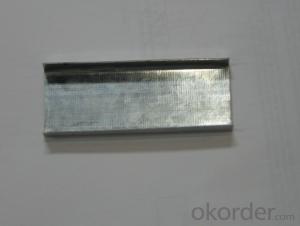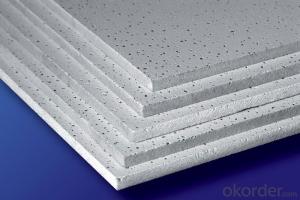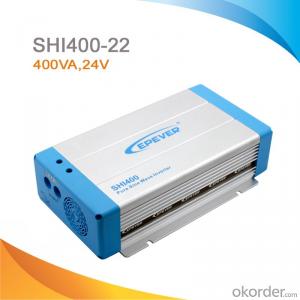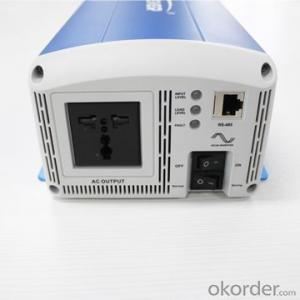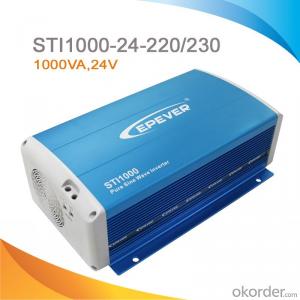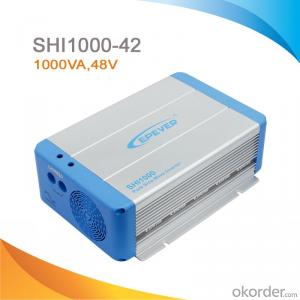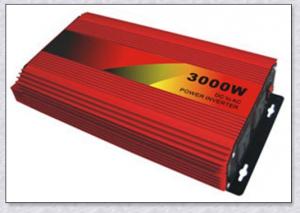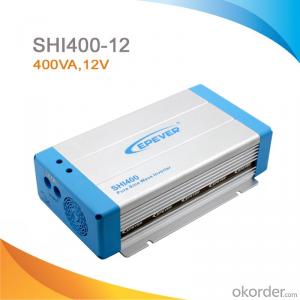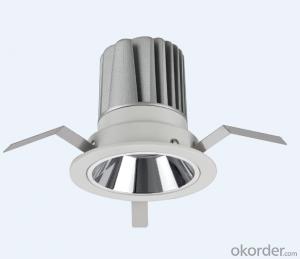Solar Inverter 24v To 230v
Solar Inverter 24v To 230v Related Searches
Best Stainless Steel For Knives Primer For Galvanized Steel H S Code For Stainless Steel Wd 40 For Stainless Steel Spray Paint For Stainless Steel Glue For Stainless Steel Drill Bits For Stainless Steel Spray For Stainless Steel Welder For Stainless Steel Diamond Grinding Wheels For SteelHot Searches
Steel Mesh Panels For Sale Price For Stainless Steel Scrap Scrap Price For Stainless Steel Stainless Steel Tank For Sale Cheap High Tea Sets For Sale Stainless Steel Tanks For Sale High Density Fiberboard For Sale Solar Hot Water Collectors For Sale Scaffolding For Sale In Uae Scaffolding For Sale In Ireland Scaffolding For Sale In Houston Type Of Inverter For Solar Price Of Shipping Containers For Sale Types Of Inverter For Solar Stock Price For Aluminum Used Solar Inverter For Sale Portable Led Signs For Sale Stone Hot Water Bottles For Sale Aluminum Coil Stock For Sale Steel Mesh Panels For SaleSolar Inverter 24v To 230v Supplier & Manufacturer from China
Okorder.com is a professional Solar Inverter 24v To 230v supplier & manufacturer, offers integrated one-stop services including real-time quoting and online cargo tracking. We are funded by CNBM Group, a Fortune 500 enterprise and the largest Solar Inverter 24v To 230v firm in China.Hot Products
FAQ
- A transformerless inverter and a transformer-based inverter differ primarily in their design and functionality. A transformerless inverter, as the name suggests, does not incorporate a transformer in its circuitry. It uses advanced electronic components and techniques to convert direct current (DC) into alternating current (AC). This makes it more compact, lightweight, and cost-effective compared to transformer-based inverters. However, it may have limitations in terms of voltage isolation and grounding. On the other hand, a transformer-based inverter includes a transformer in its design. This allows for voltage transformation, isolation, and improved grounding capabilities. It provides better protection against electrical surges, noise, and voltage fluctuations. However, transformers add weight, increase size, and are more expensive compared to transformerless inverters. The choice between a transformerless and a transformer-based inverter depends on the specific requirements of the application. Transformerless inverters are commonly used in residential solar power systems, while transformer-based inverters are often preferred for industrial or commercial applications where higher power levels and enhanced protective features are necessary.
- Yes, a solar inverter can be used with multiple solar arrays. By connecting multiple solar arrays in parallel or series, the inverter can efficiently convert the combined DC power output from the arrays into usable AC power for the electrical grid or for onsite consumption.
- The input frequency range of a solar inverter directly affects its performance. A wider input frequency range allows the inverter to accommodate a broader range of input frequencies from the solar panels. This flexibility ensures optimal energy conversion and efficiency, regardless of fluctuations in the grid frequency or varying solar conditions. Conversely, a limited input frequency range may result in reduced performance, as the inverter may struggle to convert the solar panel's output effectively, leading to lower efficiency and potential issues with power output. Therefore, a wider input frequency range positively impacts the overall performance and adaptability of a solar inverter.
- The role of a solar inverter in a microgrid system is to convert the direct current (DC) electricity generated by solar panels into alternating current (AC) electricity that can be used to power the various loads within the microgrid. It also manages the flow of electricity between the microgrid and the utility grid, allowing for bidirectional power flow and enabling the system to operate in both grid-connected and islanded modes. Additionally, the solar inverter ensures the stability and quality of the electricity supply, regulating voltage and frequency levels to match the requirements of the microgrid.
- Yes, a solar inverter can generally be used with different brands of solar panels as long as they have compatible specifications and operating voltages. However, it is important to consult the manufacturer's guidelines or seek professional advice to ensure compatibility and optimal performance.
- Yes, a solar inverter can be used with dual MPPT (Maximum Power Point Tracking) inputs. This feature allows the inverter to optimize and extract maximum power from two separate solar arrays or panels. By using dual MPPT inputs, the inverter can handle variations in shading, orientation, or different panel specifications, thereby maximizing the overall energy production and efficiency of the solar system.
- The role of a solar inverter in preventing system downtime is crucial as it converts the direct current (DC) generated by solar panels into alternating current (AC) that can be used to power electrical devices. By regulating and stabilizing the electrical output, a solar inverter ensures that the system remains operational and prevents any potential disruptions or downtime. Additionally, modern solar inverters often come equipped with advanced features like monitoring capabilities, which allow for real-time identification and troubleshooting of any issues, further minimizing the risk of system downtime.
- Yes, a solar inverter can be used in a solar-powered data center. A solar inverter is an essential component of a solar power system that converts the direct current (DC) produced by solar panels into alternating current (AC) electricity, which is suitable for use in powering electronic equipment such as servers and data centers. By using a solar inverter, a solar-powered data center can efficiently utilize the electricity generated by solar panels, reducing its reliance on traditional grid power sources and promoting sustainability.



